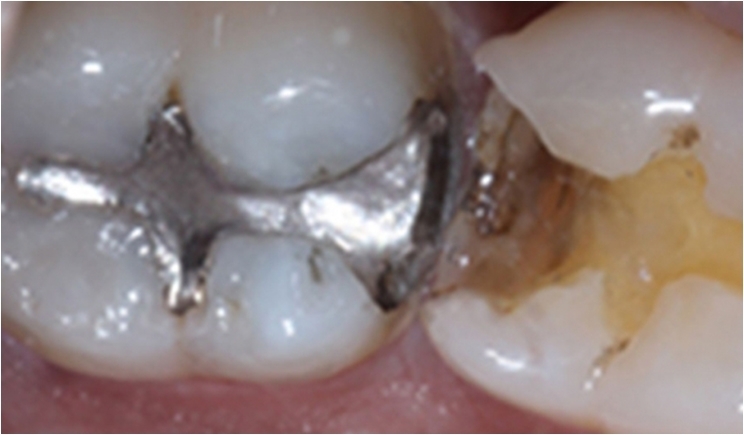
The Environmental Protection Agency (EPA) requires dental practices to recycle any waste dental amalgam they produce. But you may have some questions about how the regulation works. Here are the answers.
What is the Final Rule?
The EPA’s Final Rule is about the responsible management of amalgam waste in the dental practice. Its primary focus is on the use of amalgam separators that are ISO 11143:2008 certified at a separation rate of at least 95%.
However, dental offices are now required to use amalgam buckets, as defined in the best management practices, for the disposal of all items that come in contact with amalgam, as well as a vacuum line cleaner with a neutral pH between 6 and 8.
When did the rule take effect?
The rule was published in the Federal Register on June 14, 2017, and went into effect on July 14, 2017.
What is the deadline for installing an ISO 11143 certified amalgam separator?
Most dental practices in the United States must have a certified amalgam separator installed in their practice by July 14, 2020.
Who does this rule affect?
The new regulation affects dental offices that remove or replace amalgam restorations. Existing dental offices have three years to install a certified amalgam separator. New offices have 90 days to install an amalgam separator. New offices are classified as new businesses or businesses that have seen a transfer of ownership.
The use of an amalgam waste bucket is now required for items such as vacuum traps, contact and non-contact amalgam, teeth with amalgam, spent amalgam capsules, and vacuum filters.
Who is exempt from this rule?
Dental offices that do not place or remove amalgam fillings are exempt, along with mobile units or offices that only specialize in oral pathology, oral and maxillofacial radiology, oral and maxillofacial surgery, orthodontics, periodontics, and prosthodontics.
Is anything else needed for compliance?
Yes. All offices, exempt and non-exempt, must provide compliance documentation to the controlling authority, which will be decided by the deadline on July 14, 2020. If your office is non-exempt, you will need to show that you have a unit in place as well as an annual recycling service. You need to keep all recycling receipts on file in case of an inspection.
What are the ADA’s Best Management Practices?
In line with the EPA’s Final Rule, the ADA encourages all non-exempt practices to:
- Install an ISO 11143:2008 certified amalgam separator with a 95% or greater rate of separation.
- Recycle all mercury and stop using liquid mercury.
- Equip all dental chairs with chair-side traps, which must be recycled.
- Recycle all central wet/dry vacuum traps.
- Dispose of all contact and non-contact amalgam, including teeth with amalgam, chair-side traps, vacuum filters, and spent amalgam capsules, in an amalgam bucket.
- Use only non-chlorine or non-oxidizing disinfectants and neutral vacuum line cleaners with a pH greater than 6 and less than 8.
- Keep amalgam separator records showing the name and address of the disposal company, plus maintenance and service completed, for at least three years.
- Repair or replace malfunctioning amalgam separators no later than 10 days after the malfunction.
Ms. Ansted is the marketing manager at Solmetex, manufacturer of the best-selling, longest-lasting amalgam separator in the United States with 25 years of experience in the field of amalgam separation. She can be reached at kansted@solmetex.com.
Related Articles
Minamata Convention Debates and Rejects Dental Amalgam Ban
EPA Issues Final Rule Requiring Amalgam Separators
Amalgam Separation Resources Available Online from the EPA











